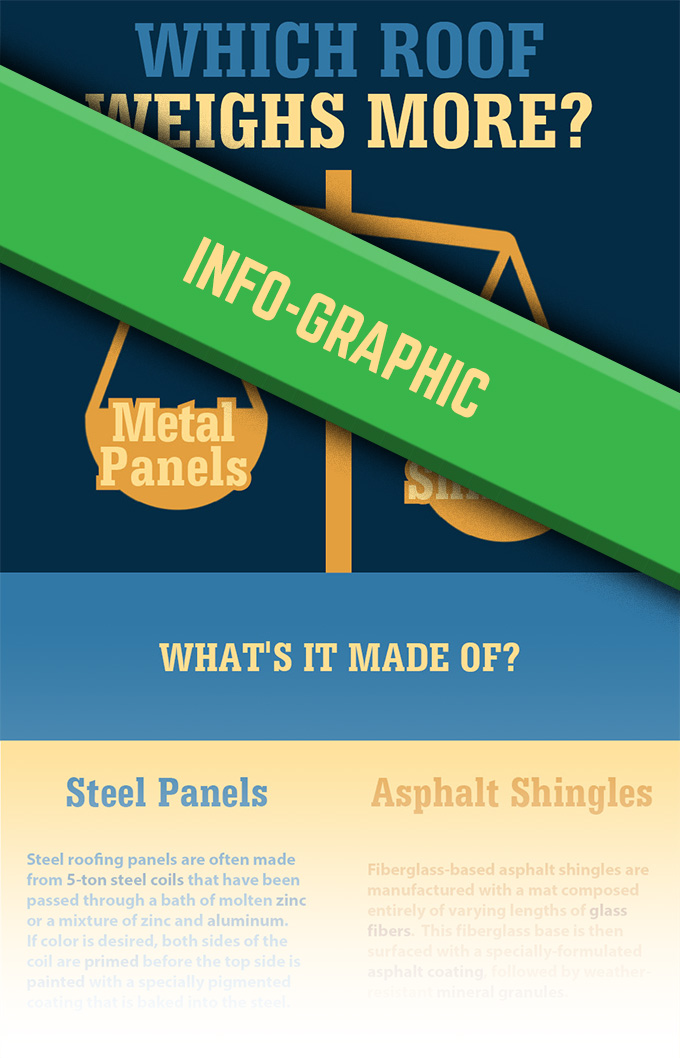Understanding The Technology And Functionality Of Solar Panels: A Novice'S Introduction
Understanding The Technology And Functionality Of Solar Panels: A Novice'S Introduction
Blog Article
Material Composed By-Morin Archer
So, you've found out about solar panels and their prospective to generate electricity from sunshine, yet how exactly do they function? Comprehending the complex modern technology behind photovoltaic panels can be a remarkable trip into the globe of renewable energy. From the fundamental concepts of photovoltaic cells to the intricate elements that make up a photovoltaic panel system, there's a whole realm of expertise waiting to be discovered. Allow's unravel the secrets of photovoltaic panel technology together.
Solar Panel Innovation Principles
To absolutely understand the significance of solar panel modern technology, you have to look into the fundamental concepts that underpin its functionality. Photovoltaic panel include solar batteries, normally made from silicon, which have the amazing capacity to convert sunshine right into electricity with the photovoltaic effect. When sunshine hits the cells, the photons in the light interact with the silicon atoms, creating the electrons to break free from their atomic bonds. https://eduardofkpuy.targetblogs.com/29873426/equip-yourself-to-enhance-your-solar-power-cost-savings-with-a-series-of-critical-suggestions-for-home-owners-concentrating-on-the-evaluation-of-energy-usage-and-the-optimum-positioning-of-your-solar-installation produces an electric current that can then be utilized for powering various tools.
The key element of photovoltaic panels is the semiconductors within the solar batteries, which assist in the conversion of sunshine into usable electrical power. These semiconductors have both positive and unfavorable layers, producing an electrical area that enables the flow of electrons.
This circulation of electrons, when linked in a circuit, produces straight present (DC) power. Recognizing these basic concepts is critical for appreciating how solar panels can harness the sunlight's power to power homes, services, and even satellites in space.
Just How Solar Panels Generate Electrical Energy
Solar panels harness the sunlight's energy by transforming sunshine into electrical energy with a procedure called the photovoltaic or pv effect. When sunlight hits the solar panels, the photons (light particles) are soaked up by the semiconducting materials within the panels, normally made from silicon. This absorption generates an electrical current as the photons knock electrons loose from the atoms within the product.
https://www.universityofcalifornia.edu/news/hurricane-ian-when-power-grid-goes-out-could-solar-and-batteries-power-your-home within the solar batteries then compel these electrons to flow in a specific instructions, producing a straight existing (DC) of electrical energy. This straight current is after that gone through an inverter, which converts it into alternating existing (AC) electricity that can be made use of to power your home or business.
Excess electricity generated by the solar panels can be kept in batteries for later usage or fed back into the grid for credit rating via a procedure called net metering. Understanding how solar panels generate electrical energy is vital to appreciating the environmental and cost-saving advantages of solar power systems.
Comprehending Photovoltaic Panel Components
One vital aspect of solar panel modern technology is understanding the various components that make up a photovoltaic panel system.
The vital elements of a solar panel system consist of the photovoltaic panels themselves, which are made up of photovoltaic cells that convert sunshine right into electrical energy. These panels are mounted on a framework, usually a roofing system, to capture sunshine.
Along with do it yourself solar panel installation , there are inverters that convert the direct existing (DC) electricity created by the panels right into rotating present (AIR CONDITIONER) electrical power that can be used in homes or organizations.
The system also includes racking to sustain and place the photovoltaic panels for optimal sunlight direct exposure. Additionally, cables and adapters are essential for delivering the electrical energy created by the panels to the electrical system of a structure.
Finally, a tracking system might be included to track the performance of the photovoltaic panel system and ensure it's operating efficiently. Comprehending these components is essential for any person aiming to set up or utilize photovoltaic panel modern technology successfully.
Conclusion
Now that you understand the essentials of solar panel modern technology and just how it functions, you can value the power of using sunlight to create tidy and renewable resource for your structure. By making use of the solar impact and parts like inverters and keeping an eye on systems, you can add to a more sustainable future while also potentially reducing energy prices. Keep discovering and discovering the opportunities of solar energy for a greener tomorrow.
